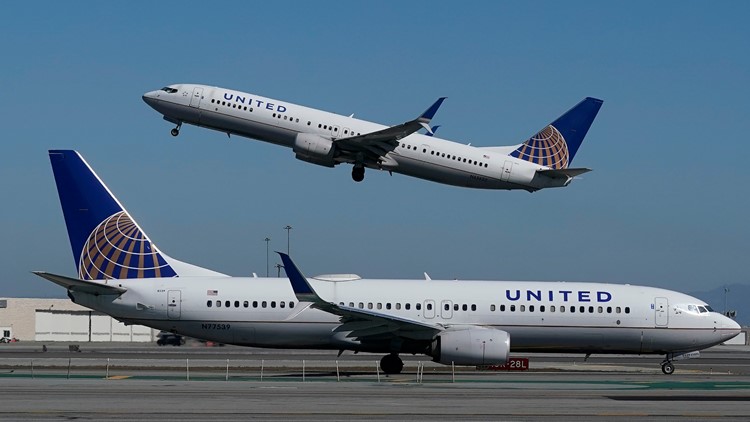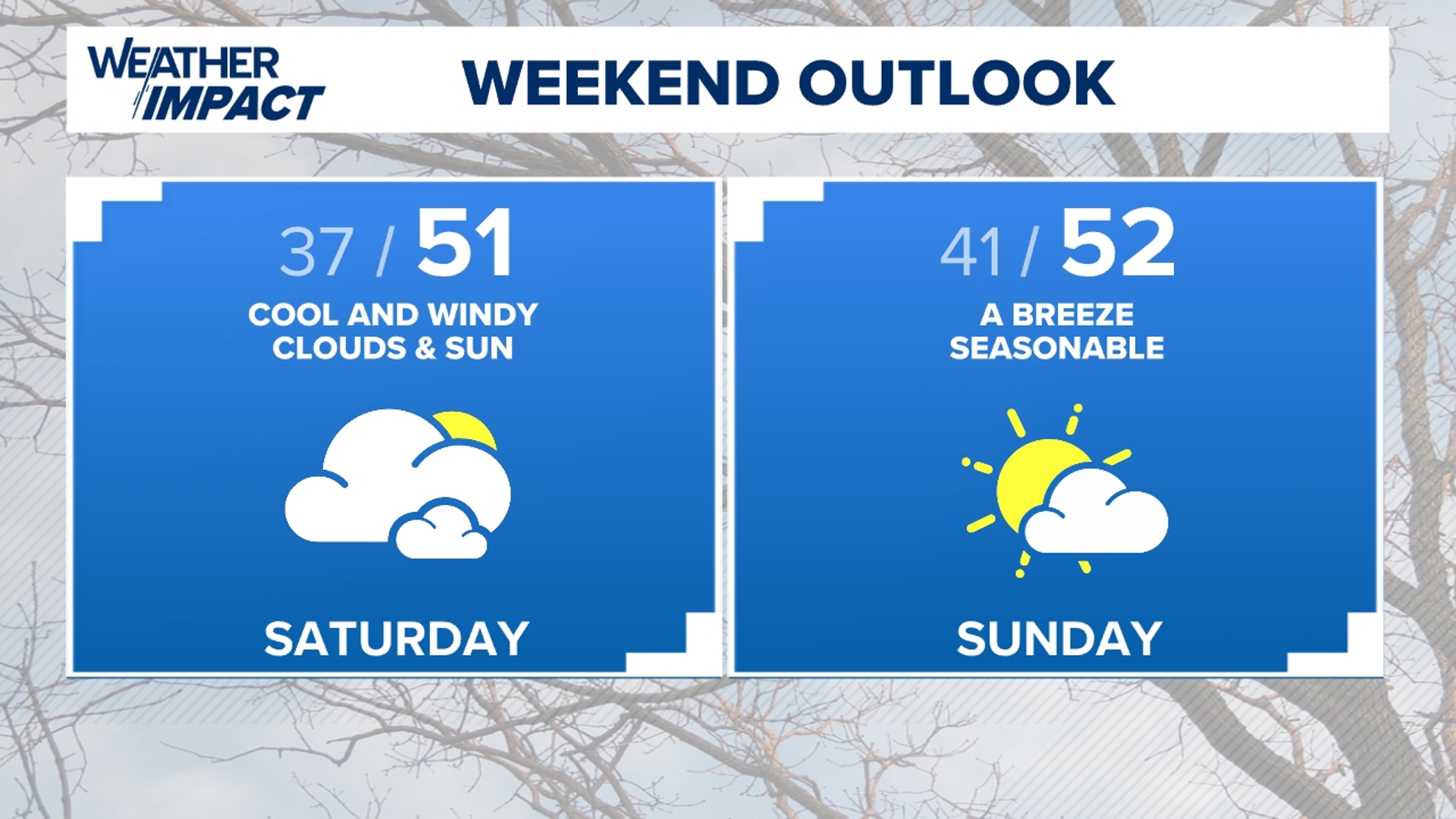A recent study supposedly shows that the risk of COVID-19 spread on airplanes was low. The study was published and soon gained attention from news outlets and social media.
There was an important detail in how the study came to fruition, however, that called its credibility into question. The study was conducted by a team of researchers for a couple of Department of Defense branches along with core planning help from a United Airlines team and additional assistance by a team from Boeing.
This doesn’t necessarily mean the study is invalid, but that it should be treated with some skepticism regarding its independence.
Questions still remain regarding how trusted the study can be. Do the results make clear that you’ll be safe from COVID-19 if you fly?
The VERIFY team digs into the study itself and why its conflicts of interest matter in helping you parse through those questions.
WHAT WE FOUND
The researchers studied the spread of aerosol contaminants in the air of plane cabins using robotic mannequins and sensors. These would be the kinds of particles exhaled by breathing.
Researchers found that there was limited exposure to other passengers on planes to airborne pathogens produced by a sick person. While they said that people in the same row as the sick person, and in the rows immediately in front of and behind the sick person have the highest risk, the risk is still thought to be relatively low.
This does line up with CDC guidance which says viruses and germs do not spread easily on planes because of how the air circulates, and how air is filtered in the cabin. However, the study doesn’t account for many other factors involved in flying which could contribute to COVID-19 transmission.
And that’s where the study’s conflicts of interest come into play.
The first two pages of the study itself include everyone involved. The research was submitted to the United States Transportation Command (USTRANSCOM) and Air Mobility Command (AMC), branches of the Department of Defense. In the acknowledgements on the second page, it’s noted that a United Airlines team was involved in the study as part of the core planning team and an additional team from Boeing worked on the project. It’s revealed further down in the research paper that the study was conducted with Boeing 767 and 777 planes.
Everyone backing the study has a vested interest in the study returning positive results. A press release from USTRANSCOMM notes that the study researched the “type of aircraft the command contracts to move Department of Defense personnel and their families.” United Airlines wants potential travelers to feel safe flying so they’ll get more customers taking their flights and have since used the study to argue the “risk of exposure to COVID-19 is almost non-existent on our flights.”
Airlines and defense agencies may be more likely to buy Boeing airplanes if they feel their planes have a reputation for being safe.
So the interest that those conducting the study may have had in its outcome should be taken into account when weighing the study’s results. Anyone reading should also consider the study’s limitations.
Most notably, the researchers only studied the spread of small aerosol particles. They did not take into account larger particles that may be spread through coughing. While masks typically mitigate the spread of these particles, and most airlines -- including United -- currently have policies that require masks on their flight, this requires passengers to obey these policies all the way through the flight.
Passengers may also take off their masks to eat or drink during the flight.
The researchers also noted a limitation in that the study assumed the passenger would remain facing forward throughout the entirety of the flight. They did not study how the spread of aerosols may change when the passenger turns in any direction for prolonged periods of time, such as while talking to another passenger or while napping.
In general, the study was limited by not taking the unpredictability of in-flight passengers into account. The effects of a person getting up mid-flight to walk around the cabin or use the restroom was not studied, nor was how surfaces in airplane bathrooms may potentially spread the virus. It also doesn’t take into account pre-flight and post-flight, when passengers are in an airport and may encounter risk of transmission in security lines or in the terminal. The CDC noted in their guidance that the airport poses a risk factor for transmission.
Finally, researchers only studied the spread of aerosol contaminants in two models of Boeing plane. While United Airlines include the 767 and 777 in their fleet, they also fly several other makes and models of plane.
Studies of COVID-19 transmission on real-world flights have currently shown mixed results on the potential for commercial flights to spread the virus. While there have been flights, especially early in the pandemic, that have seen high levels of transmission in-flight, an overview of such studies thus far has also found flights where a person with COVID-19 flew and there was no evidence of the person spreading the virus to others on the flight. That study notes there is a lack of published or public data on flights with proven COVID-19 cases.
BOTTOM LINE
A study -- backed and researched by groups with a vested interest in the study’s outcome -- found that the spread of pathogens, such as the coronavirus, by small particle aerosols, is low-risk on certain commercial airplanes. In fact, that lines up with the CDC’s advice on travel because of the cabin’s air circulation and filtration.
However, it doesn’t take into account how a person may spread pathogens by moving around the plane, through contact with surfaces on the plane and through coughing up larger particles potentially without a mask.
Airlines promoting this study as evidence of the safety of flying also don’t consider the risk of transmission within the airport itself, an area of concern for the CDC.
In reality, there have been some commercial flights where there has been high spread of COVID-19 and some commercial flights where there has been little to no spread since the start of the pandemic.



